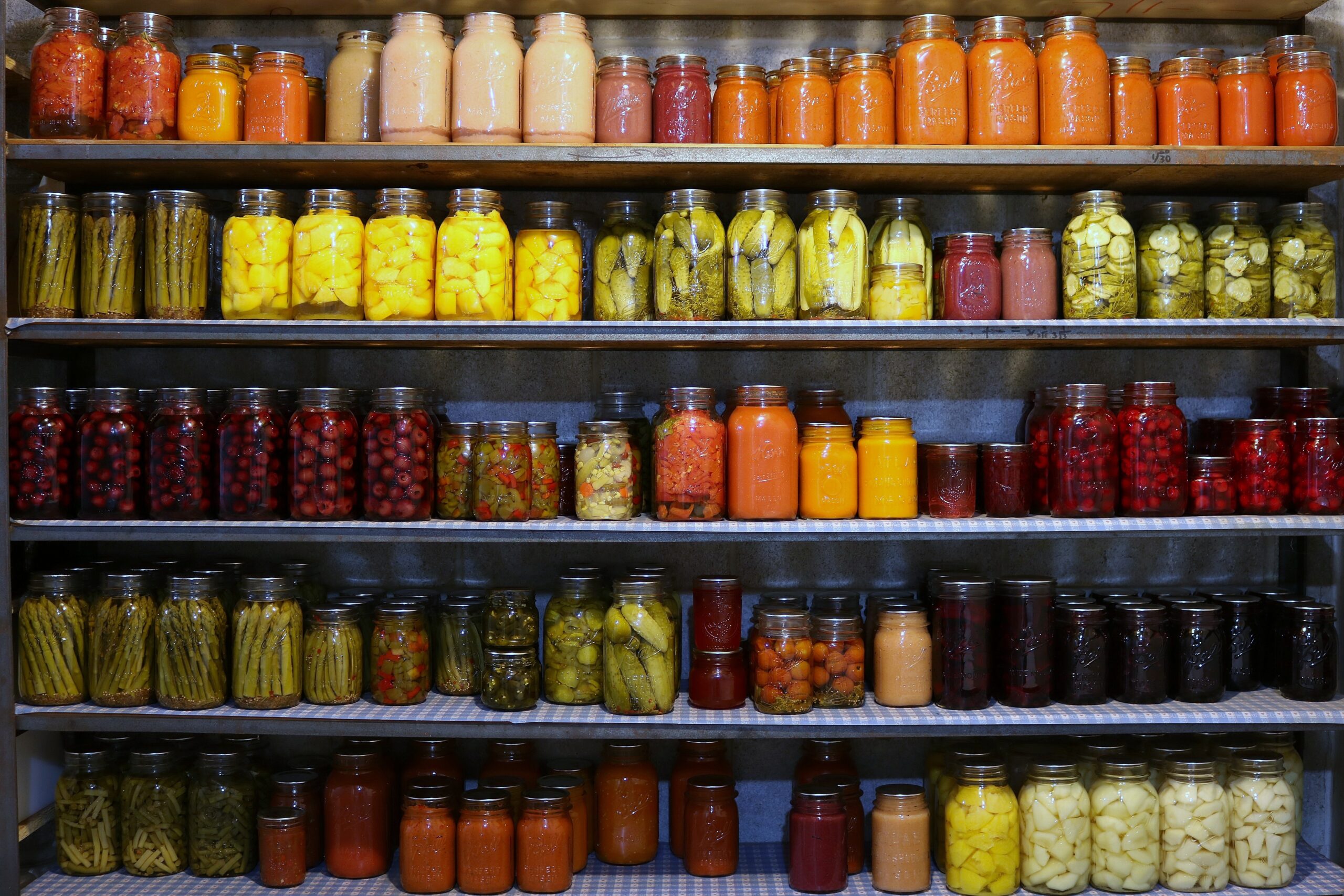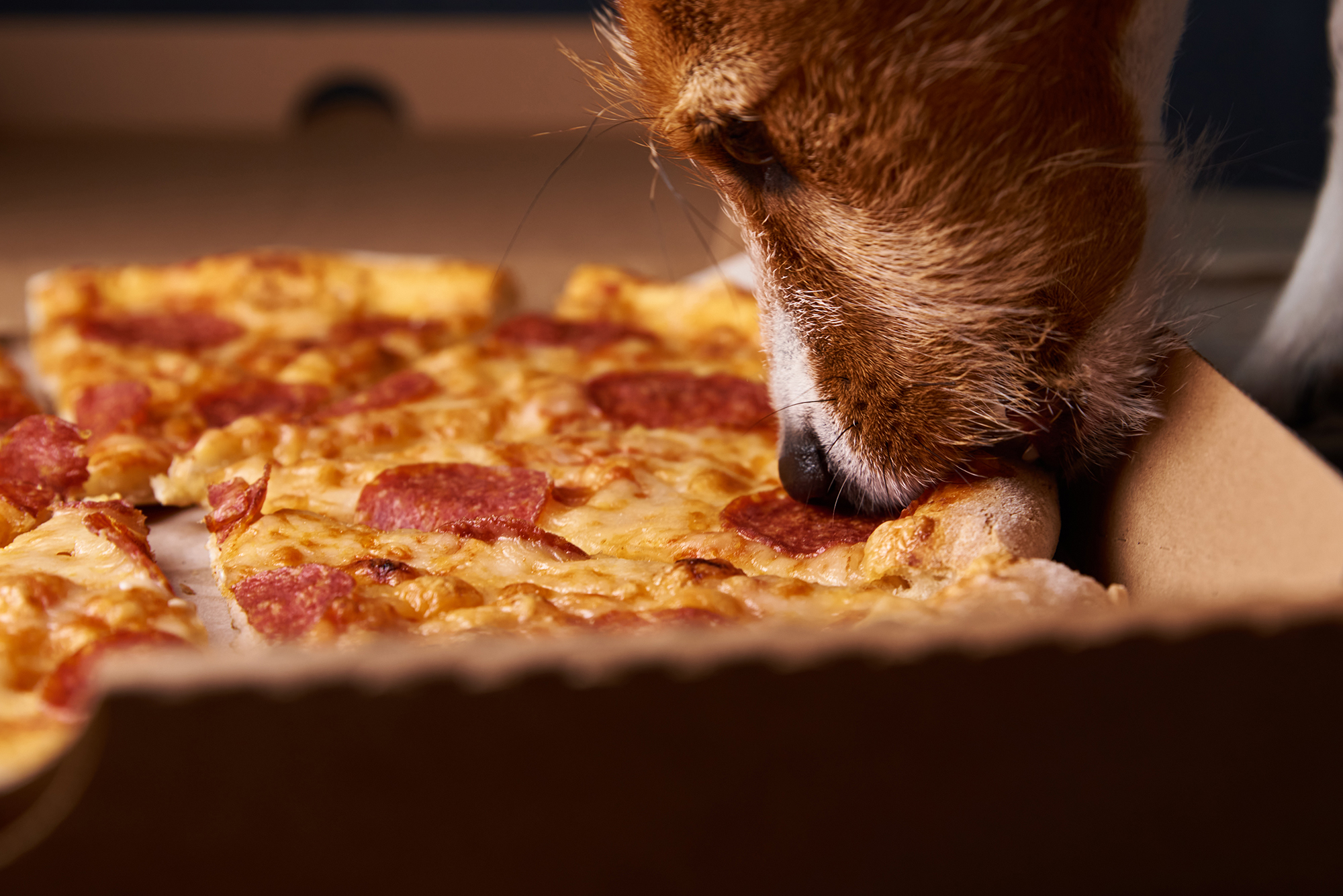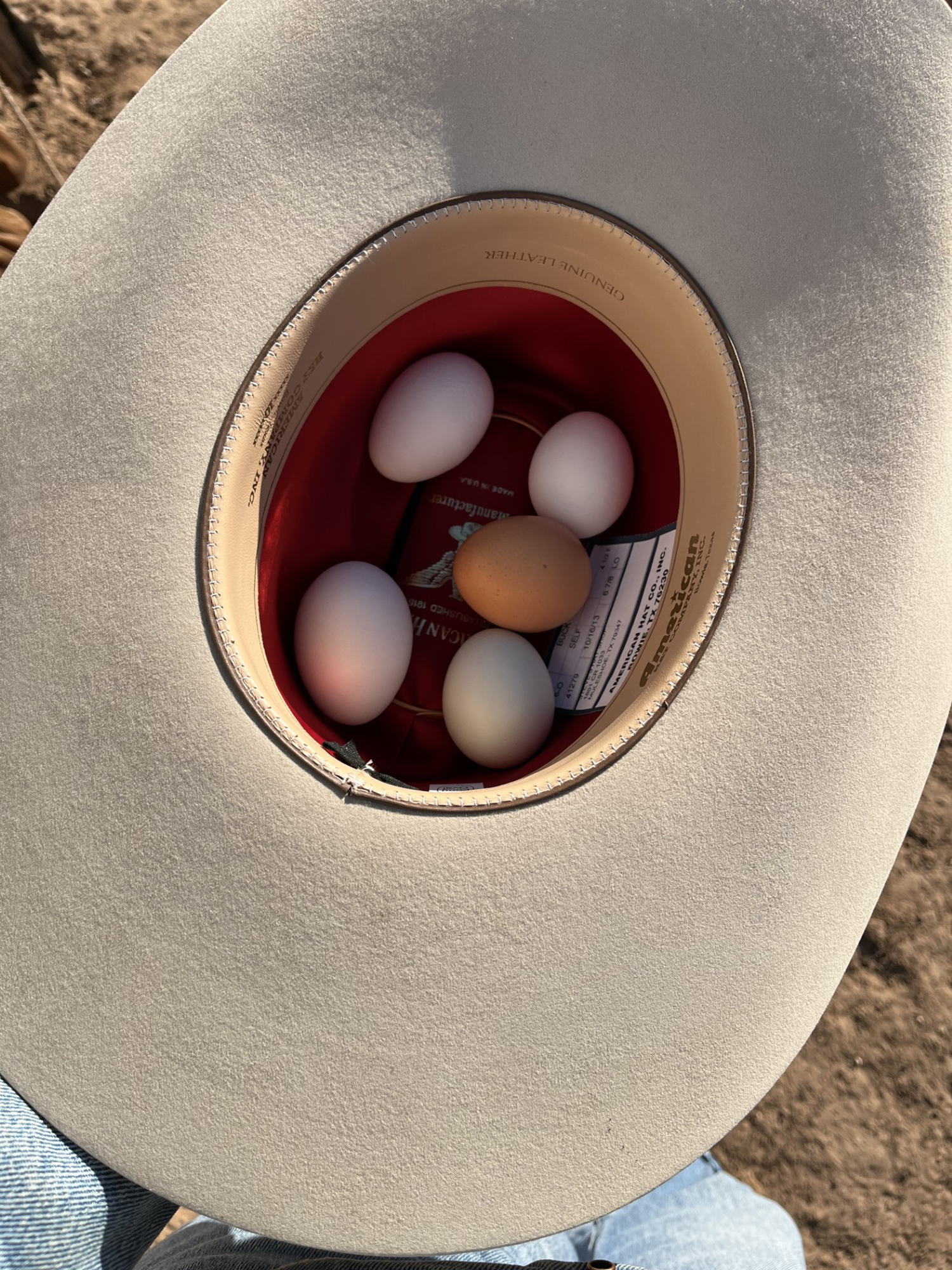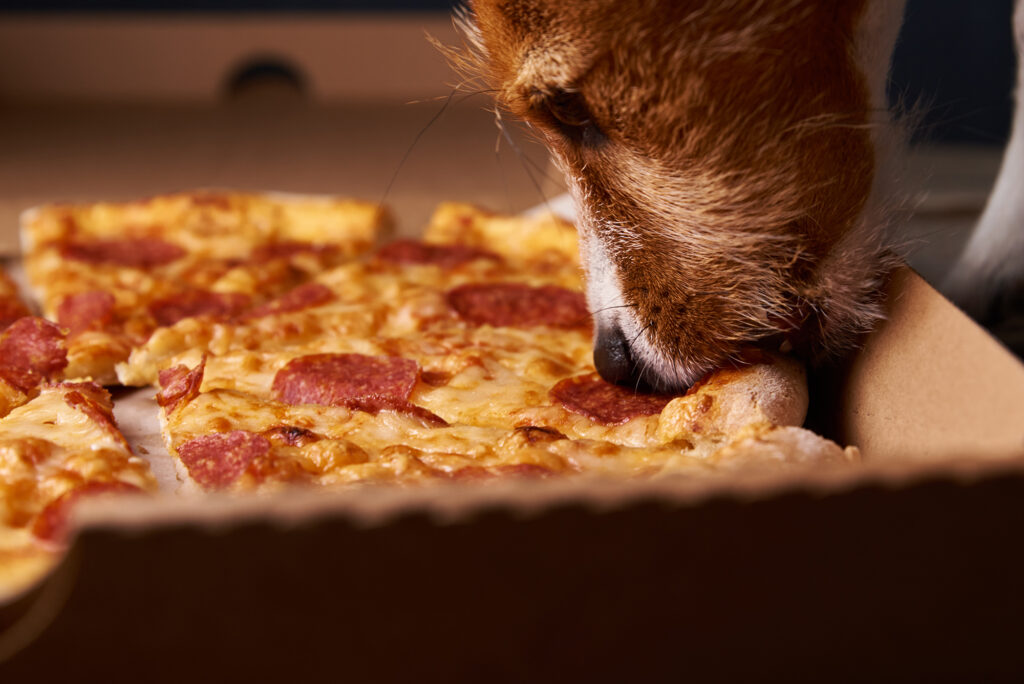Country Lifestyle
Homesteading Skills: The Essentials for Self-Sufficiency and Sustainable Living

Homesteading, once a way of life for our ancestors, is experiencing a resurgence in today’s world. As people seek greater self-sufficiency, a deeper connection with the land, and more sustainable lifestyles, homesteading skills have become not only practical but also deeply rewarding. In this article, we’ll explore the essential homesteading skills that can empower individuals and families to live more self-reliant and sustainable lives.
1. Gardening
At the heart of homesteading is the ability to grow your own food. Gardening is the foundation of self-sufficiency, and it’s a skill that can be cultivated no matter the size of your property. Key gardening skills include:
Soil preparation and composting
Seed starting and transplanting
Crop rotation and companion planting
Pest and weed management
Harvesting and food preservation techniques like canning, freezing, and drying
2. Animal Husbandry
Raising animals for food, fiber, and companionship is a fundamental aspect of homesteading. The skills related to animal husbandry include:
Care and feeding of livestock, such as chickens, goats, cows, or pigs
Breeding and reproduction management
Livestock housing and pasture management
Animal health and basic veterinary care
Dairy and meat processing if you’re raising animals for consumption
3. Food Preservation
To make the most of your garden’s bounty or the harvest from your livestock, knowing how to preserve food is essential. Food preservation skills include:
Canning fruits and vegetables
Fermentation for foods like sauerkraut and kimchi
Dehydrating fruits, vegetables, and herbs
Making homemade jams, jellies, and pickles
Smoking, curing, and other methods for meat preservation
4. Foraging and Wildcrafting
Homesteading often involves making the most of what nature provides. Learning to identify and use wild edibles and medicinals is a valuable skill:
Identifying edible wild plants and mushrooms
Harvesting herbs for teas, tinctures, and salves
Sustainable foraging practices to protect local ecosystems
Preserving wildcrafted items for later use
5. Beekeeping
Keeping bees not only provides a source of honey but also contributes to pollination on your property. Beekeeping skills include:
Setting up and maintaining beehives
Handling and managing bees safely
Harvesting and processing honey and beeswax
Identifying and addressing common bee health issues
6. Food Self-Sufficiency
Beyond gardening, you can work toward greater food self-sufficiency by learning skills like:
Seed saving to preserve heirloom and open-pollinated varieties
Raising and harvesting small livestock like rabbits or quail
Cultivating perennial food crops like fruit trees and berry bushes
Aquaponics or hydroponics for year-round food production
7. Basic Carpentry and DIY Skills
Homesteaders often find themselves needing to build and repair structures, tools, and equipment. Carpentry and DIY skills include:
Building raised beds, chicken coops, and animal shelters
Basic woodworking for constructing furniture and farm implements
Repairing and maintaining machinery like tractors and generators
Fencing and infrastructure construction for property management
8. Water Management
Managing water resources efficiently is crucial for sustainable living. Key skills include:
Rainwater harvesting and storage
Drip irrigation and water-saving techniques for gardening
Proper well maintenance and water testing
Building and maintaining ponds or water features for livestock and wildlife
9. Energy Independence
To live off the grid or reduce your environmental footprint, consider energy independence skills:
Solar panel installation and maintenance
Wind turbine installation and maintenance
Energy-efficient building design and retrofits
Off-grid living strategies for reduced reliance on public utilities
10. Soap and Candle Making
Homemade soaps and candles can reduce reliance on store-bought products. These skills include:
Making soap using cold or hot process methods
Crafting candles from beeswax, soy, or other materials
Adding scents and colors naturally
11. Herbal Medicine and Remedies
Homesteaders often turn to herbal medicine and remedies for self-sufficiency in healthcare:
Growing and harvesting medicinal herbs
Making tinctures, salves, and herbal teas
Natural remedies for common ailments
Basic first-aid and emergency care skills
12. Sewing and Textile Arts
Basic sewing skills are essential for making and repairing clothing, linens, and more. These skills include:
Hand and machine sewing techniques
Mending and darning clothing
Knitting, crocheting, and other textile arts
Crafting items like blankets, rugs, and quilts
Homesteading is not just a return to simpler times but a way to embrace self-sufficiency, sustainability, and a deeper connection with the land. While mastering all these skills may take time, the journey itself is a rich and rewarding experience. Homesteading is about learning, adapting, and continually improving your ability to live more independently and in harmony with the environment. Whether you have acres of land or a small urban plot, these essential homesteading skills can empower you to live a more self-reliant and sustainable life, fostering a sense of fulfillment and purpose in the process.
Country Lifestyle
Farm Dogs & Table Scraps

What’s Safe and What’s Not?
Growing up on a farm, our dogs were tough. They roamed the pastures, slept under the barn, and ate just about anything they could get their paws on—whether we meant for them to or not. I’ll admit, I never thought twice when one of our old cow dogs snatched a biscuit off the table or licked up a spill from the barn floor. I’ve even seen a dog steal a whole rib bone off a plate and trot off like he’d won the lottery. And somehow, they always seemed fine.
But here’s the thing—just because they survived doesn’t mean it was safe. For every farm dog that lucked out, there’s another that wasn’t so fortunate. Some human foods can be downright toxic to dogs, and a little bit of bad luck (or a smaller, more sensitive dog) can turn a harmless snack into an emergency.
Common toxic foods lying around the farmhouse
If you’ve got a farm dog—or any dog, really—you need to be aware of the dangers lurking in everyday foods. Some of the biggest culprits include:
Chocolate – The darker it is, the worse it is. Even a little can cause vomiting, seizures, or worse.
Grapes & Raisins – No one’s exactly sure why, but they can cause kidney failure fast.
Onions & Garlic – In large enough amounts, these can destroy red blood cells, leading to anemia.
Xylitol (Found in Sugar-Free Gum & Candy) – This artificial sweetener can send a dog’s blood sugar crashing and cause liver failure.
Alcohol – Even small amounts can be deadly to dogs, affecting their nervous system much more than it does ours.
Bones from Cooked Meat – While not necessarily toxic, they can splinter and cause serious internal injuries.
Macadamia Nuts – These can lead to weakness, vomiting, and even paralysis in dogs.
What to do if your dog eats something toxic
First, don’t panic—but don’t ignore it either. If you know your dog ate something dangerous, call your vet immediately. They can tell you whether to induce vomiting or if it’s something that requires urgent care. If it’s after hours, contact the ASPCA Animal Poison Control Center (888-426-4435) or the Pet Poison Helpline (855-764-7661).
Prevention is always the best medicine, so keep toxic foods out of reach. That might mean keeping the trash can secured, making sure kids don’t slip the dog a treat under the table, or just being more mindful of what’s left on the counter.
Our farm dogs might have been lucky, but luck isn’t a great strategy when it comes to their health. A little awareness goes a long way in making sure they stay happy, healthy, and ready for the next day’s work.
For more information
ASPCA Animal Poison Control: www.aspca.org/pet-care/animal-poison-control
Pet Poison Helpline: www.petpoisonhelpline.com
Visit www.akc.org/expert-advice/nutrition/foods-your-dog-should-never-eat
Country Lifestyle
Summer Squash and Corn Chowder

By Lacey Vilhauer
Total time: 40 minutes
Servings: 6-7
Ingredients
- 6 slices bacon, cooked and crumbled and 1 1/2 Tbsp rendered bacon fat reserved
- 1 1/2 lbs yellow squash, chopped (about 3 medium)
- 2/3 cup thinly sliced celery
- 1 cup diced onion
- 1 Tbsp flour
- 2 cloves garlic, minced
- 2 3/4 cup milk (I used 1%)
- 5 cups canned or fresh cut corn (from about 6 ears corn), divided
- 1/2 cup heavy cream
- 1 1/2 tsp chopped fresh thyme (or 1/2 tsp dried)
- 3/4 tsp salt, then more to taste
- 1/4 tsp freshly ground black pepper, then more to taste if desired
- 3/4 cup shredded cheddar cheese, for serving
- Chopped green onion for garnish (optional)
Instructions
Heat 4 tsp reserved bacon fat in a large pot over medium-high heat. Add celery and onion and sauté 2 minutes then add the squash.
Saute until tender, about 6 minutes, adding in garlic and flour during last 2 minutes of sauteing. Reduce heat slightly.
Add 1 1/2 cups milk, 2 cups of the corn, thyme, salt and pepper to the sauteed veggies.
To a blender add remaining 3 cups of corn, remaining 1 1/4 cups milk and the cream. Process in blender until nearly smooth (about 30 seconds).
Add pureed mixture to pot and stir to blend. Cook until mixture reaches a light boil.
Serve warm with shredded cheese, crumbled bacon and sliced green onions if desired.
Country Lifestyle
Western Housewives – May 2025

By Summer McMillen
All my married life I have thought that when husbands all got together horseback after a hard days work they were probably rating their wives on a scale from one to ten based on their various capabilities. Did Wife A have a good hat crease? Was Wife B good help in the branding pen? Was Wife C an excellent mother? Was Wife D hospitable to everyone? Could Wife E make a decent gallon of sweet tea? Did Wife F keep a tidy saddle house?
Presumably, when Wife B did not live up to Wife A there was a fist fight followed by wife shaming of Husband B. His status amongst the cowboys immediately fell and he would be behind for the rest of his life in his cowboy career.
He would come home ashamed his wife couldn’t flambé a decent bananas foster and she couldn’t hoolihan either. He would be distraught and said wife would feel his pain.
Of course, this never happened to me like I thought it would. My husband always came home with a smile on his face and I’m pretty sure “flambé” isn’t even in a cowboys vocabulary.
Nonetheless, these imaginary fights and social rankings have plagued my brain for years. It has caused me to always be in competition with myself to be the very best at everything I did. Which I have eventually realized is a trait of women all around the world.
While we are cooking a four course meal for our families we start to think about how we actually should be practicing heading steers instead.
While we are practicing our horsemanship we start to think about how we should actually be preparing a nutritious and elaborate meal for our families.
It is a constant battle that women have created and proceeded to fight for centuries.
One day the inner battle got to me and I finally broke down as we were riding wheat pasture and confessed to my husband my guilt. I was so sorry that I wasn’t a better cowgirl. I was so sorry that the house was a mess. I was so sorry that I would never be on The Cowboy Channel. I was so sorry that I had lost his good pair of gloves. (Except I didn’t actually mean to confess that last part. Some things are just better left unknown.) I apologized again and again and told him I was sorry and he probably never wanted to bring his friends over for supper ever again.
Instead of consoling me, he just started looking at me like I was crazy. Which is what all good husbands do.
He stopped his horse and looked at me and said “Do you know how cowboys rate each other’s ranch wives?”
So many thoughts started filling my brain. Was it looks? Gentleness? Laundry speed? Work ethic?
Then he revealed their secret. “Cowboys rate each other’s wives by how well they can cook eggs for breakfast.”
His point of course, was that men don’t think about each other’s wives. As long as they get their eggs for breakfast. In another twist of irony, my husband taught me how to fry the perfect egg. What can I say? It’s a man’s world.
Since then, I have let go of my irrational fears and doubt and have simply been living life. It’s all anyone can do. I may not team rope the best. I may get my fingers when I’m trying to dally and I may not have the tidiest saddle house. But I try hard at everything I do and I do it all out of love for my family and finally, myself.
So, if you’re a woman this Mother’s Day and you catch yourself feeling down amongst life constant pressures just remember you are not alone. You can almost guarantee there is a woman in every household that needs a little pick me up. Maybe you should just go outside. Maybe you should sit down and count your blessings. Or, maybe you should have your husband fry you some eggs.
-

 Attractions8 years ago
Attractions8 years ago48 Hours in Atoka Remembered
-

 Country Lifestyle9 months ago
Country Lifestyle9 months agoJuly 2017 Profile: J.W. Hart
-

 Country Lifestyle9 years ago
Country Lifestyle9 years agoThe House a Treasure Built
-

 Country Lifestyle3 years ago
Country Lifestyle3 years agoThe Two Sides of Colten Jesse
-

 Outdoors7 years ago
Outdoors7 years agoGrazing Oklahoma: Honey Locust
-

 Equine8 years ago
Equine8 years agoUmbilical Hernia
-

 Outdoors5 years ago
Outdoors5 years agoPecan Production Information: Online Resources for Growers
-

 Farm & Ranch7 years ago
Farm & Ranch7 years agoHackberry (Celtis spp.)





